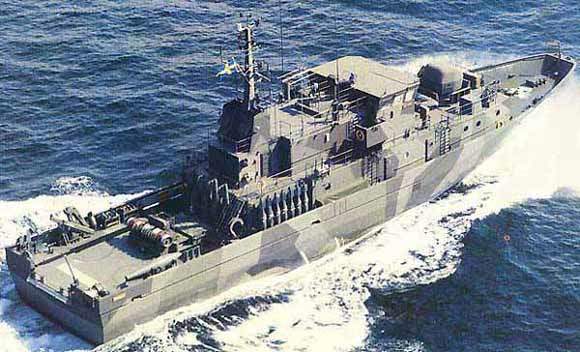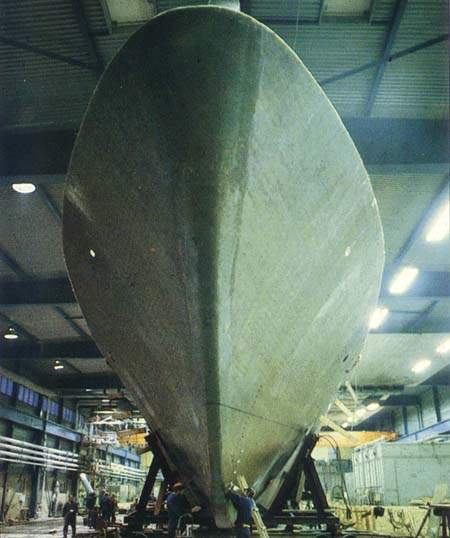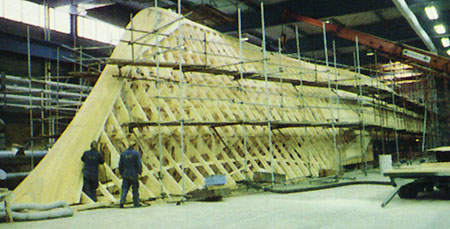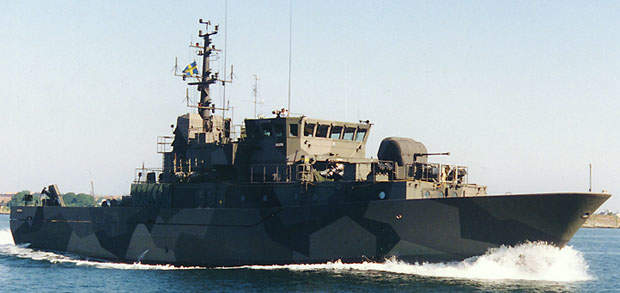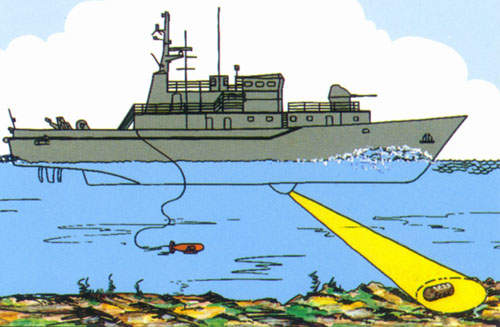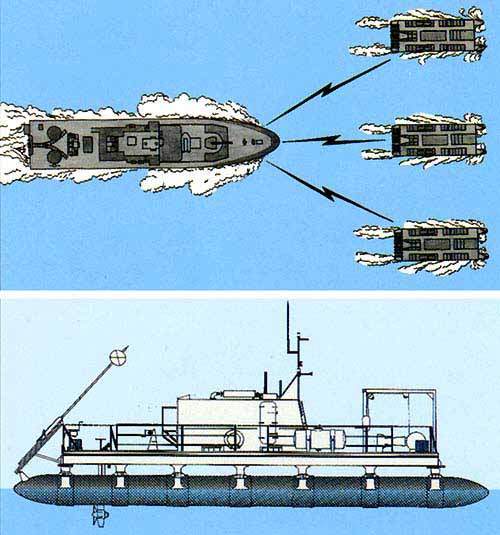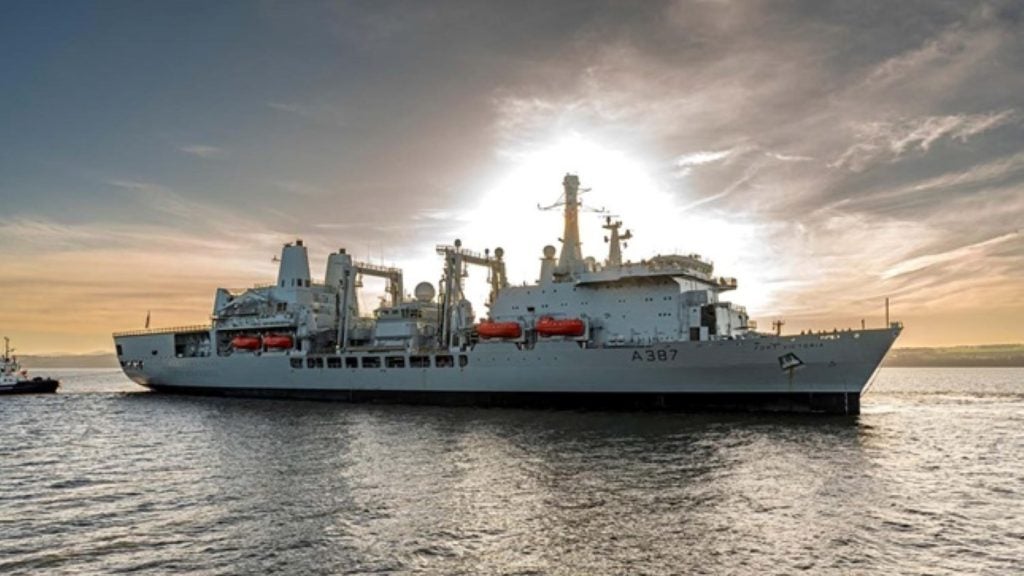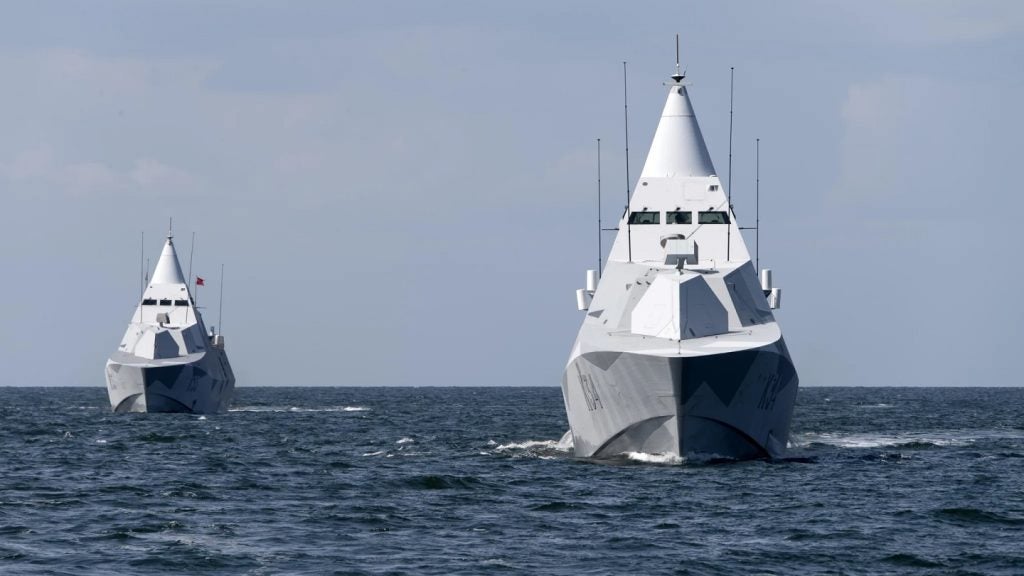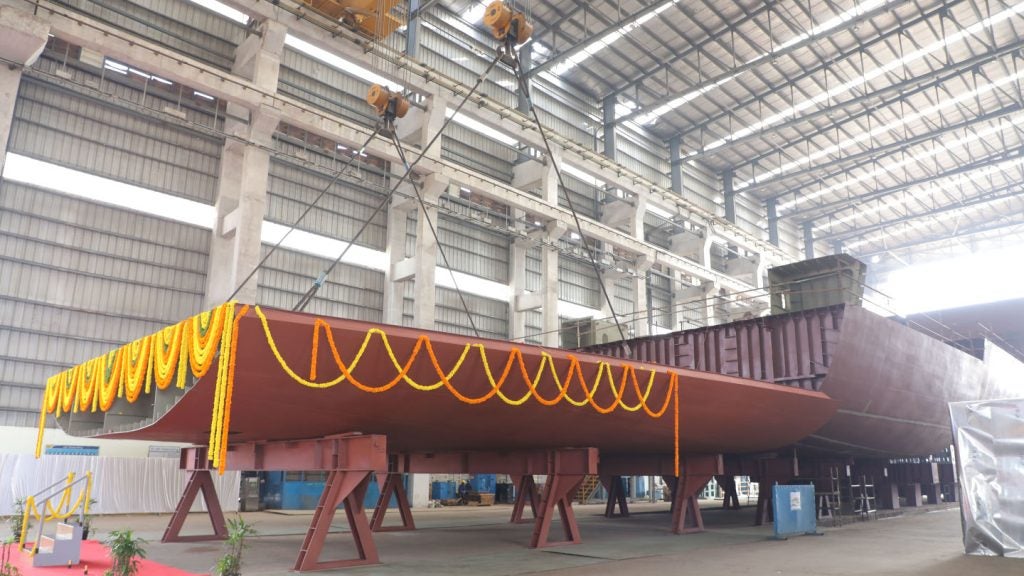The Swedish shipbuilding company, Kockums (formerly Karlskronavarvet) has constructed seven Landsort Class minehunters for the Swedish Navy.
The first of class, the Landsort (M 71), was commissioned in 1984, followed by the Arholma (M 72), Koster (M 73), Kullen (M 74), Vinga (M 75), Ven (M 76) and Ulvon (M 77) which were commissioned between 1984 and 1992. In January 2005, Kockums became a subsidiary of ThyssenKrupp Marine Systems of Germany.
Kullen and Ven were upgraded by Kockums for participation in international peacekeeping missions. The upgrade included a new combat system and propulsion system and was completed in 2003.
The Singapore Navy also operate four Landsort Class minehunters. The first ship, Bedok (M 105), was built by Karlskronavarvet. Three other ships, Kallang (M 106), Katong (M 107) and Pungol (M 108) were prefabricated in Sweden and transferred to Singapore for final assembly at Singapore Shipbuilding. All four ships were commissioned in October 1995.
Landsort Class minehunters upgraded to Koster Class
Kockums received a contract for the mid-life upgrade of the other five vessels in December 2004. The upgrade includes improved command systems, weapon systems and sonars, new air defence systems and a remotely operated underwater vehicle (ROV) with a minehunting capability.
Work began in May 2005 on HMS Koster, to be followed by HMS Vinga and Ulvon then Landsort and Arholma. HMS Koster began sea trials in January 2008. HMS Vinga was initially delivered in August 2008 but returned to dock for further upgrades. The two vessels were handed over to the Swedish Navy in March 2009 and the mid-life upgrades (MLUs) were completed in August 2008. The upgraded vessels were reclassified as the Koster Class.
Landsort Class minehunter design
The ship’s design incorporates a number of features important for mine countermeasures – shock resistance to underwater explosions, low overall noise level and emission of heat due to propeller design and insulation and low levels of DC and AC magnetic signature, electromagnetic interference and acoustic signature.
The Landsort is made of glass-fibre-reinforced plastic (GRP) developed by the Swedish Navy and Karlskronavarvet, which is highly durable, easy to repair and fire and shock-resistant. It also insulates heat, absorbs noise and is maintained only by painting.
Command and control
The combat information system is the minehunting action information and navigation system, MAINS, from Northrop Grumman (formerly Litton) Marine. The MAINS system provides navigation, ship control and display of tactical data.
The combat information system is integrated with the Saab Systems 9 MJ 400 minehunting system. The ship’s Saab Systems 9LV 100 optronic weapon director is installed on the bridge deck.
Weapons
The ship’s main gun is a 40mm Bofors gun installed on the upper deck. The gun has a range of over 12km and a rate of fire of 240 rounds a minute. Elevation is 85°. There are also two 7.62mm machine guns.
The ship has four Saab anti-submarine mortar launchers, each with nine launch tubes. The system, which is made of non-magnetic materials, has a range of 350m. The 4.2kg warhead has a shaped charge for more efficient penetration of the hull of the submarine.
Mine countermeasures
The Landsort is permanently equipped for both minehunting and minesweeping. For minesweeping the Landsort is equipped with a mechanical sweep for moored mines, a light magnetic sweep and two acoustic sweep systems.
The ship also carries two Saab Bofors Sea Eagle or Double Eagle remotely operated mine disposal vehicles for the identification and destruction of mines. Saab Underwater Systems has been contracted to supply new ROVs for the Landsort and Visby corvettes. The ROVs will be a development of the Double Eagle mkIII.
A mine-hunting sonar fitted in the bow of one of the ROVs is used to determine the location and classification of the mine.
The second of the ROVs is used for disposal of the mine and carries a charge which it places very close to the mine.
The ROV returns to the ship before the charge is detonated. The ROVs are connected to the Landsort by a 600m tether. The Landsort is also equipped to control the Kockums SAM remote-controlled catamaran minesweepers.
Countermeasures
The ship has two Saab Systems Philax decoy launchers capable of dispensing chaff and infrared flares and a Matilda radar warning system.
Sensors
The ship is equipped with a Thales Underwater Systems (formerly Thomson Marconi Sonar) TSM 2022 hull-mounted minehunting sonar. The sonar has a detection range of 2km for submarines and 550m for mines. The classification range for a mine is typically 200m to 300m.
The ship’s navigation radar is the Terma radar developed by Thales and operating at I band.
Propulsion
The Landsort ships are equipped with four Saab Scania DSI 14 diesel engines, developing 1,600hp. There are two independent vertical Voith-Schneider propellers. The engines are cross-coupled so that each propeller is run by two diesel engines through clutch and cone belt transmission gears.

